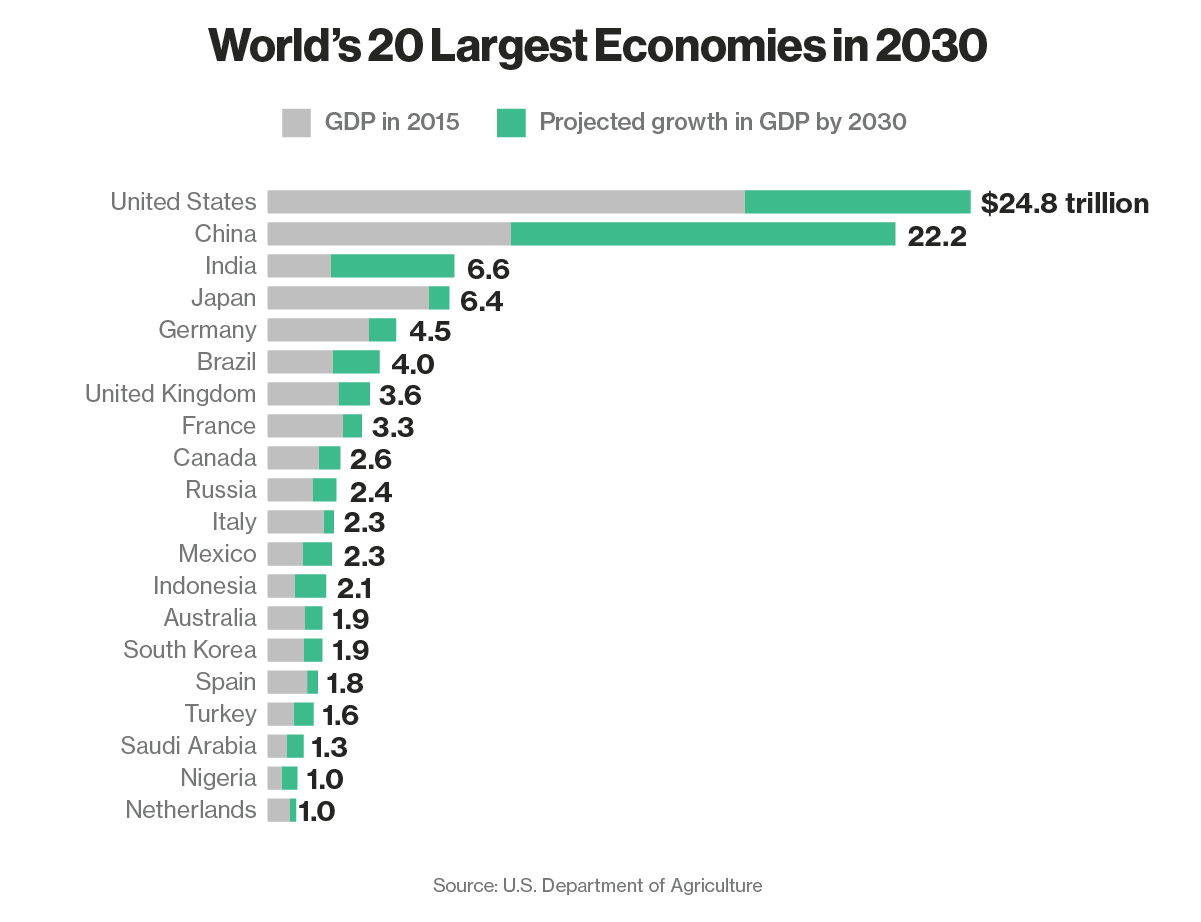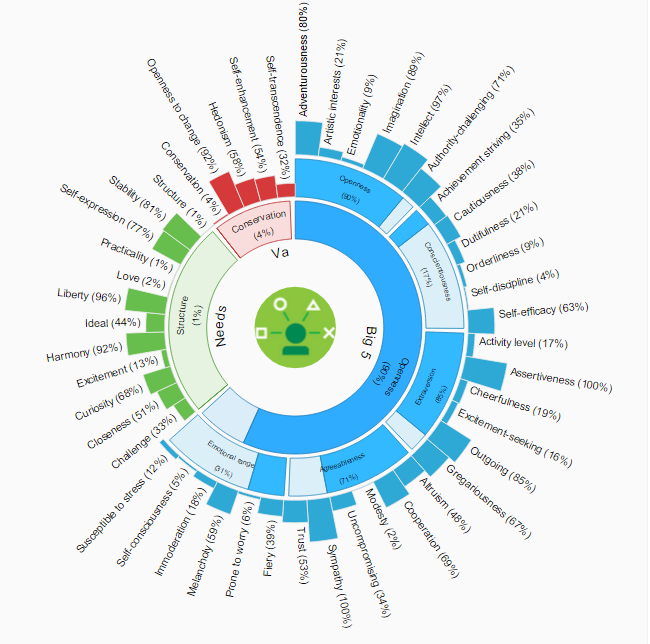One day in blogging, a partial list of pitches
Blogging has been pretty good to me over the years. So has doing the HR Happy Hour Show/Podcast. Both of these things have opened up plenty of doors, created some interesting opportunities, and enabled me to meet some great people along the way. One other thing about doing this is (and back when I started I had no idea was even a thing), is that once you have been blogging or podcasting for a while, you get on the radar of lots of news folks, PR firms, and other organizations that would like you to know about and potentially help publicize their news, product launches, their client's new book, or some event they are promoting. Jasper Johns, White Flag (which is what I am waving towards my Inbox)
Jasper Johns, White Flag (which is what I am waving towards my Inbox)
Most of these outreach messages are perfectly professional, offer up some kind of interesting content or news that in theory might be interesting to me (or readers and listeners), and I honestly don't mind getting them one bit. I don't/can't respond to all of these PR pitches, (there can be lots of them in any given day), but I still appreciate them. Even after all this time doing this it is still sometimes surprising that (some) folks are interested in what I think, have to say, and want to connect with the audience.
Why blog about the behind the scenes stuff that goes on with blogging, even a small, niche blog like this one?
I don't know, it just seemed interesting to me today. Which continues to be the primary reason I blog about anything (note for any PR folks who might read this). But just in the last hour or so as I was checking some email, planning out the day, I received four or five of the aforementioned 'pitch' emails, in quick succession. That seemed kind of unusual, and so I checked back at the last 24 hours or so of my received emails and I thought that, wow, I have gotten a ton of PR pitches already this week. So since I brought up the topic, and I am too far down the path of this post to start over with some other, better idea, I wanted to share a partial list of the PR pitches (mostly Email subject lines only) that have arrived in my Inbox in the last 24 hours or so.
Submitted without comment, judgement, or endorsement...
1. Disturbing: Workplace Suicide the New Trend
2. Volcano Calbuca Erupts! Are you Prepared?
3. Innovating Service Summit Webinar Will Feature Internationally Customer Service Experts
4. Lee Hecht Harrison Poll Finds Most Workers Losing Sleep Due to Work-Related Stress
5. Gain Insight to Independent Workers to Build the Best Teams
6. Nepal Earthquake Rocks the World!
7. WiFi Will Run Future Wearables
8. 8th Annual Mobile Excellence Awards Coming Soon!
9. Special Invitation: HR Secrets You Need to Hear
10. The Lavender Graduating Class of 2015 Lacks Legal Protection Moving Into the Workplace
There's a bunch more, but you get the idea. If there is an idea.
Blogging is kind of a weird thing sometimes.
Have a great day!

 Steve
Steve


